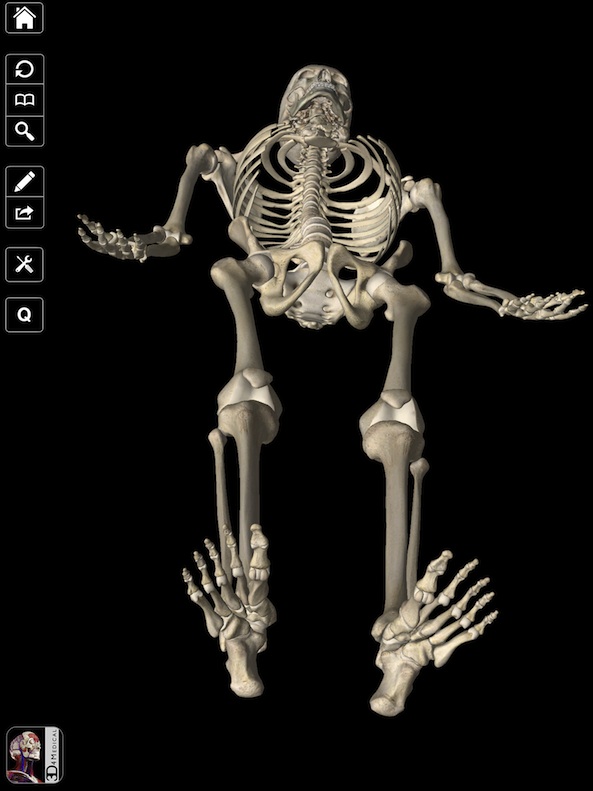

Many figures from the text are assignable as Art- Labeling Activities in Pearson Mastering A&P. Including dozens of new and improved figures, present concepts and processes at the right level of detail. Interneuron carrying sensory information to cerebral cortexĮxceptionally clear photos and illustrations,
Essential anatomy 3 how to hide all bones skin#
Throughout every chapter, the text’s conversational writing style and straightforward Essentials of Human and Physiology explanations have been 282 strengthened withAnatomy familiar analogies and abundant Chapter 4: Skin and Body Membranes 137 mnemonic cues to help students learn and remember concepts. NEW! Building Vocabulary Coaching Activities in Pearson Mastering A&P help students learn the essential language of A&P.įocus on Essential A&P Concepts M07_MARI6119_12_GE_C07.indd 24/04/17 10:15 PM f-0037 Using blood as the transport vehicle, the system carries oxygen, nutrients, cell wastes, hormones, and many other substances vital for body homeostasis to and from the cells. Most simply stated, the major function of the cardiovascular system is transportation. Instead of roads, railway tracks, and subways, the body’s delivery routes are its hollow blood vessels. Like a bustling factory, the body must have a transportation system to carry its various “cargoes” back and forth. Thus, some means of changing and “refreshing” these fluids is necessary to renew the nutrients and prevent pollution caused by the buildup of wastes. Only with the interstitial fluid in their immediate vicinity. InSTruCTorS New Building Vocabulary Coaching Activities for this chapter are assignable in This technique helps learners hone in on what they are studying, how it functions, and why it is important for them to learn. NEW! What, How & Why chapter previews introduce key examples of anatomy and physiology concepts that will be covered in the chapter. Although the pace of these exchanges slows during sleep, they must go on continuously: when they stop, we die. Night and day, minute after minute, our trillions of cells take up nutrients and excrete wastes. However, the cardiovascular system is much more than just the heart, and from a scientific and medical standpoint, it is important to understand why this system is so vital to life. The crucial importance of the heart has been recognized for ages. We have all felt our own heart “pound” from time to time when we are nervous. Hen most people hear the term cardiovascular system, they immediately think of the heart. Body organs fail to function properly, and then, once oxygen becomes depleted, they will die.

WHY If the cardiovascular system cannot perform its functions, wastes build up in tissues. Blood flow requires both the pumping action of the heart and changes in blood pressure. HoW The heart pumps blood throughout the body in blood vessels. WHAT The cardiovascular system delivers oxygen and nutrients to the body tissues and carries away wastes such as carbon dioxide via blood. Learn the Essential What, How & Why of Human Anatomy & Physiology With the Twelfth Edition of Essentials of Human Anatomy & Physiology, science educator Suzanne Keller joins bestselling author Elaine Marieb in helping learners focus on the What, How & Why of A&P, without getting sidetracked in details. Essentials of Human Anatomy & Physiology TWELFTH EDITION


 0 kommentar(er)
0 kommentar(er)
